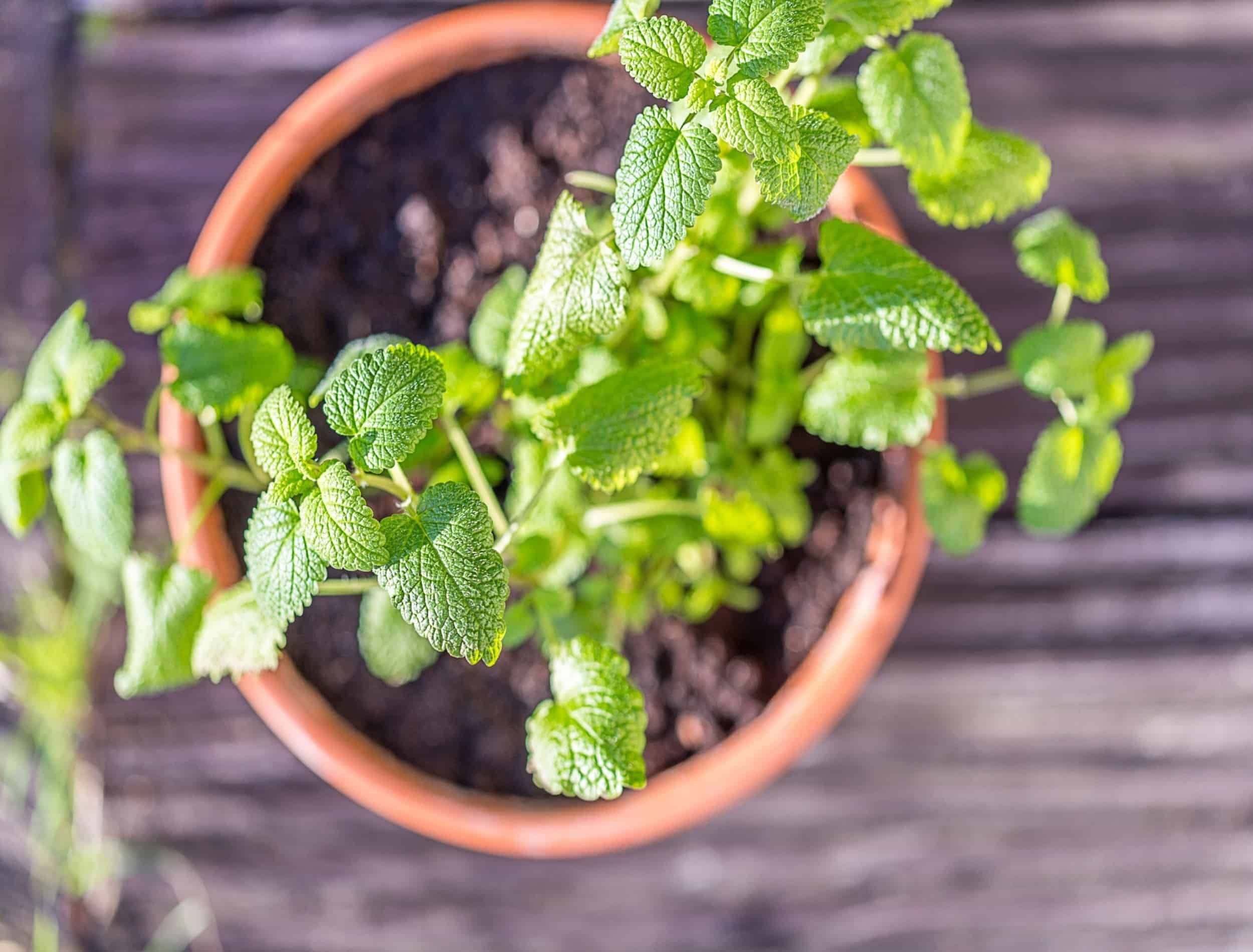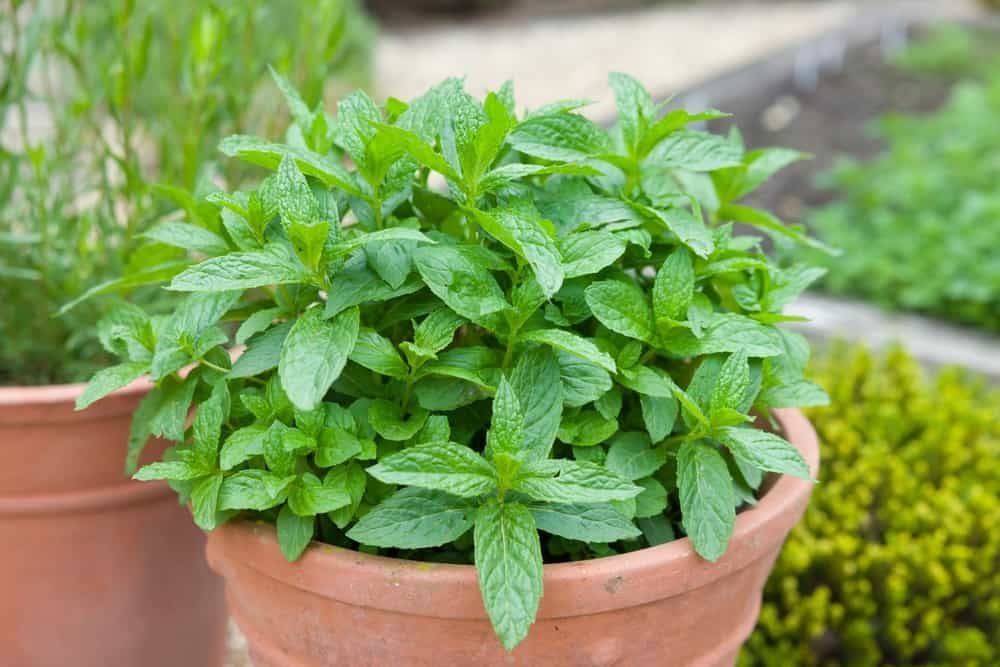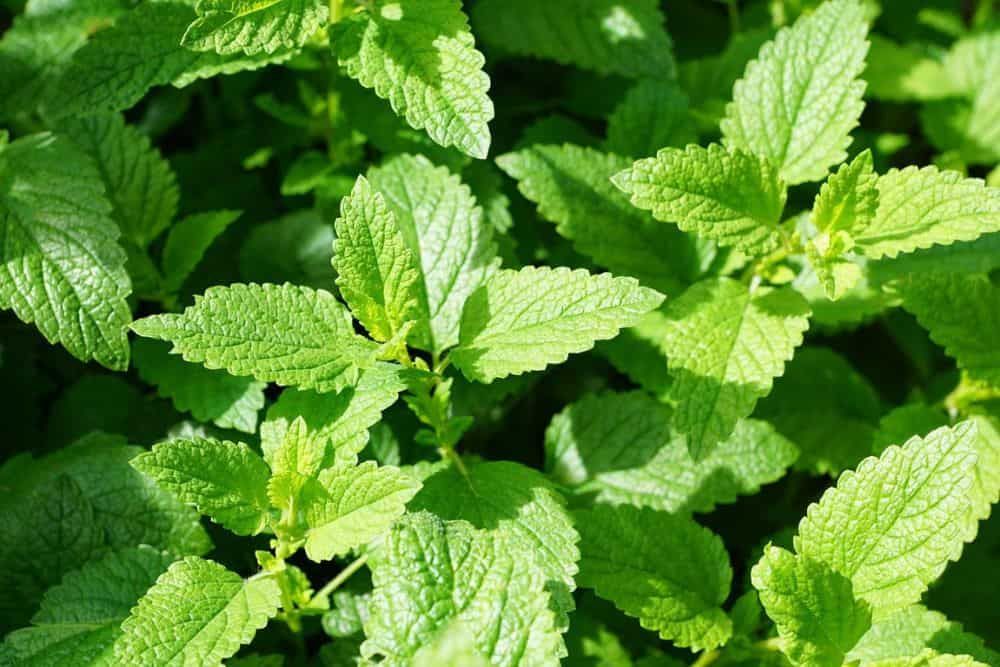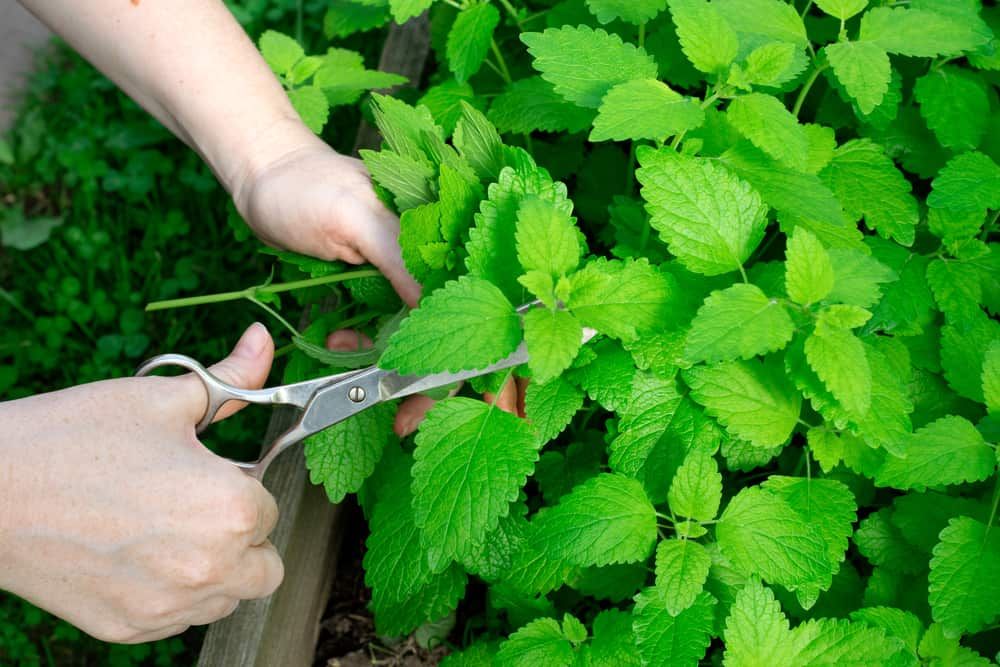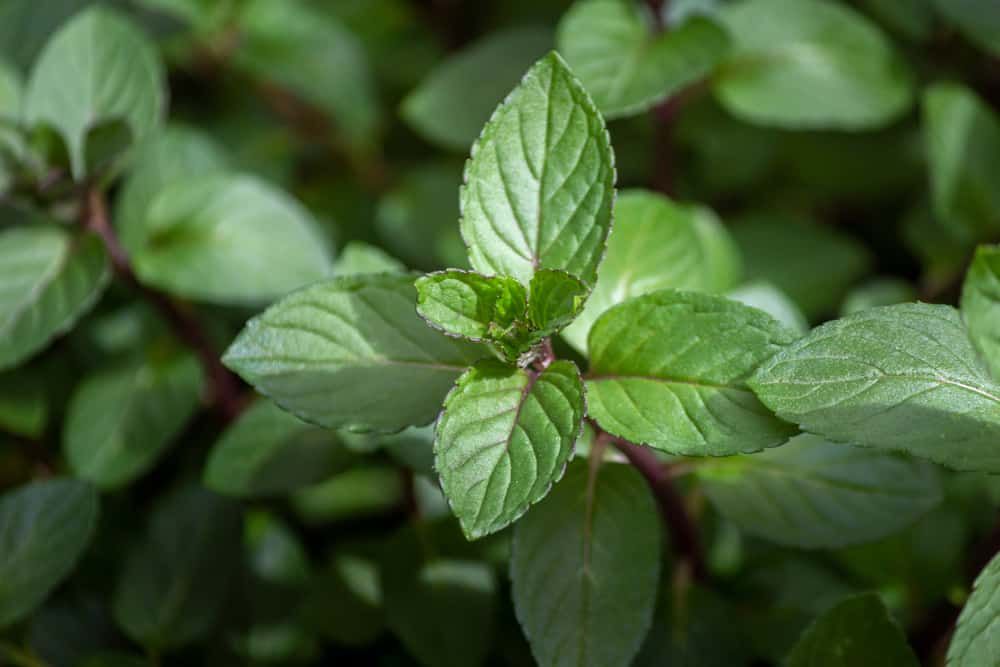Mint is a delicious and versatile herb that can be used in drinks, food, and herbal medicine. However, if you're not careful, it can quickly take over your garden. Mint is a very invasive plant, so it's important to be diligent about keeping it under control.
Let’s take a look at some tips on how to keep mint from taking over your yard while still enjoying all of its benefits. Let's get started!
How To Keep Your Mint From Taking Over
Plant In a Pot or Container
Image credits: Paul Maguire via Shutterstock
As mentioned above, mint is a fast-growing, invasive plant that can quickly take over your garden if you're not careful. The best way to prevent this is to grow it in containers.
Containers will help to control the spread of the plant, and also make it easier to harvest the leaves. When growing mint in containers, be sure to choose a one-gallon pot. This will give the roots plenty of room to grow.
It's also important to use a well-draining potting mix with compost. Mint likes moist soil, so you'll need to water it regularly. However, you don't want the roots to sit in wet soil, which can lead to root rot.
Once your plants are established, you can begin harvesting the leaves. The leaves can be used fresh or dried. Dried mint leaves can also be used to make tea.
With a little care, mint can be a great addition to your garden. Just be sure to grow it in containers to avoid mint from taking over your garden.
Pull Up Any Escaped Plants
Image credits: photosforyou via Pixabay
Mint is a very aggressive plant and can spread rapidly through underground runners. It can also easily outcompete other plants in your garden for space and nutrients. Left unchecked, a single plant can soon turn into a large patch that will crowd out everything else in your garden. So, if you see even one escapee, make sure to pull it up right away.
When pulling up mint plants, make sure to get all of the roots. Otherwise, the plant will just regrow from the remaining root system.
Just make sure that the mint plants are completely gone from your garden before replanting anything else. Otherwise, you'll just end up with another mint invasion on your hands!
Harvest Often
Image credits: Kcuxen via Shutterstock
Here are some tips for harvesting mint so you can enjoy it all summer long:
- It's best to harvest mint once the plant is fully established. Similar to pruning, you want to make cuts that will encourage new growth and increase your yield. You will want to harvest your mint in late spring or mid-autumn before the plant dies back for the winter.
- Cut the stems just above where they branch off. This will encourage new growth and prevent the plant from getting too leggy.
- Use sharp shears or a knife to make clean cuts. This will prevent the plant from bruising and will help it heal quickly.
- Gently rinse the leaves with cool water and pat them dry with a paper towel. This will remove any dirt or debris, so it doesn't end up in your final product.
- Hang the stems upside down in a well-ventilated area out of direct sunlight to dry. This could take anywhere from a few hours to a few days, depending on the humidity levels. If you're pressed for time you can also use a dehydrator.
- Once the leaves are completely dry, you can store them in an airtight container for long-term storage.
Add them to iced tea, lemonade, or even just plain water for a refreshing way to stay hydrated. Use them to make a flavorful mojito or add it to a salad for a pop of color and flavor. No matter how you use them, fresh mint is a delicious way to enjoy the summer season.
Different Varieties of Mint
Image credits: Carlos Neto via Shutterstock
There are many different varieties of mint, each with its own unique flavor.
- Peppermint is one of the most popular types of mint. It has a strong, refreshing flavor that is perfect for adding to desserts or making into tea.
- Spearmint is another popular type of mint. It has a slightly lighter flavor than peppermint, making it ideal for adding to cocktails.
- Chocolate mint is a variety of mint with dark green leaves and a strong aroma of chocolate.
- Pineapple mint has a sweet, fruity flavor. It is often used in tropical drinks and desserts.
- Water mint has a refreshing, crisp flavor. It is often used to aid in digestion.
Mint has many different uses in the kitchen. Whether you’re looking to add a refreshing flavor to your desserts or cocktails, or you want to make a flavorful salad or side dish, mint is the perfect ingredient. With so many different varieties to choose from, there’s sure to be a type of mint that will suit your needs.
Mint To Be!
So, now that you know all about mint and how to keep it under control, go forth and plant some in your garden container! Just be sure to use the tips we shared to keep it from taking over. And if you have any tricks of your own, be sure to share them in the comments below – we would love to hear from you. Happy planting!

